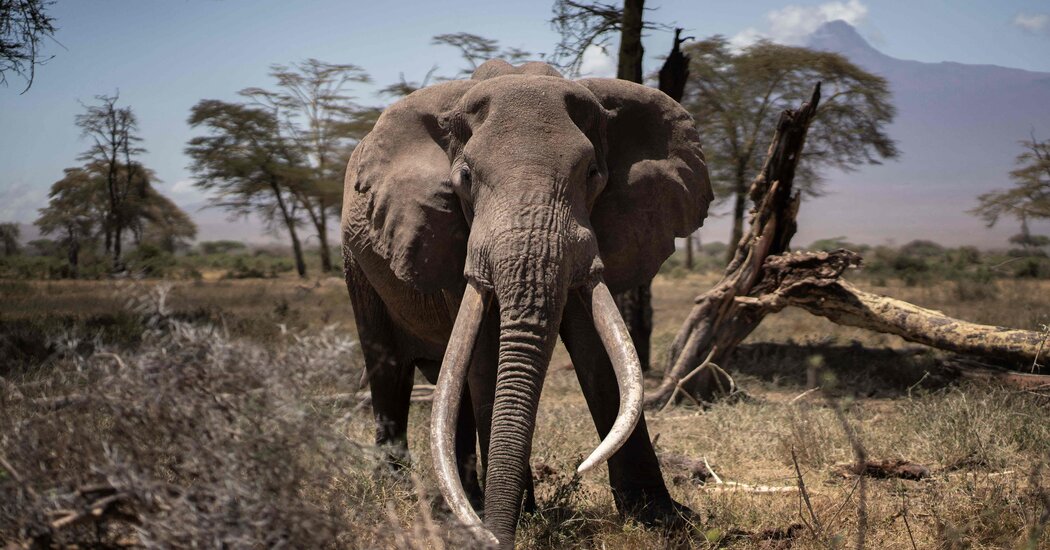Five bulls from the area around a Kenyan wildlife reserve have been shot and killed in Tanzania in recent months.
On the lush, rolling savannas that link northern Tanzania to Amboseli National Park in Kenya, foraging elephants move back and forth on a sloping landscape in the shadow of snow-capped Mount Kilimanjaro.
The animals are accustomed to open-sided 4x4s full of tourists on the Kenyan side and seem to sense no danger from the visitors pointing phones. But what the animals probably do not know is that just across the border on the Tanzanian side, which for three decades was just as safe as the park, there are now people pointing guns, not cameras.
Since September, five bull elephants from a population centered around Amboseli have been shot and killed, most likely by trophy hunters, in the Tanzanian part of this wildlife corridor. At least two were so-called super tuskers, with tusks so long that they swept the ground.
There hasn’t been a similar cluster of rapid killings in the area since the mid-1990s. Conservationists say it points to a breakdown of a tacit agreement between the countries that banned hunting in the border zone.
It also highlights challenges the neighbors face in aligning different approaches to managing their shared wildlife heritage: Kenya forbids hunting and gets all its wildlife revenue through sightseeing. While wildlife spotting safaris are an important part of the Tanzanian economy, the country also permits wealthy tourists to shoot big game.
“This is heartbreaking for me,” said Cynthia Moss, an American zoologist monitoring the roughly 2,000 elephants in the Amboseli herd as director of the Amboseli Trust for Elephants. About 10 of Amboseli’s super tuskers are left, and an additional 15 or so remain across the Kenya, she said. “I know these elephants. I know how trusting they are.”
